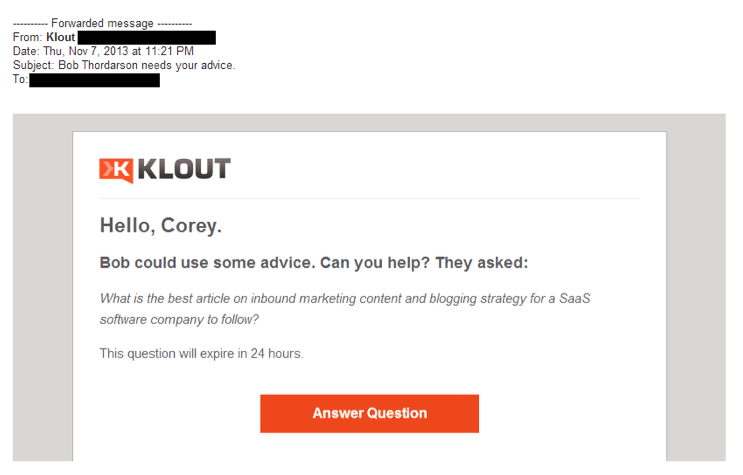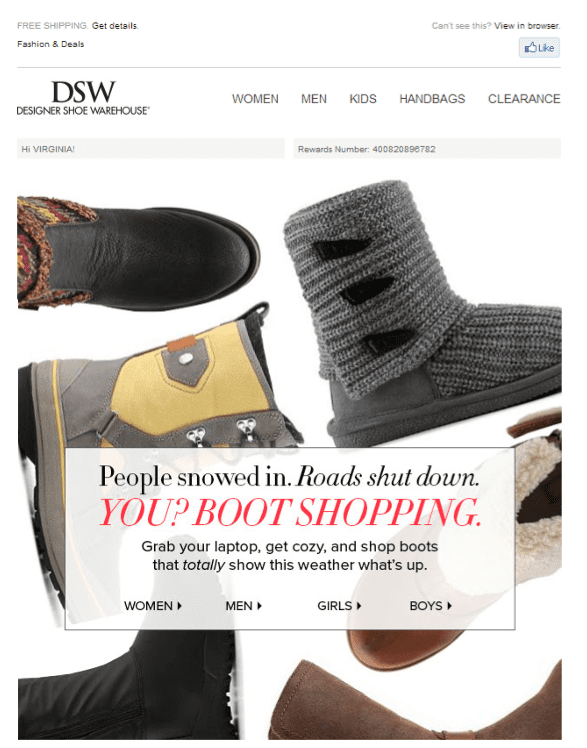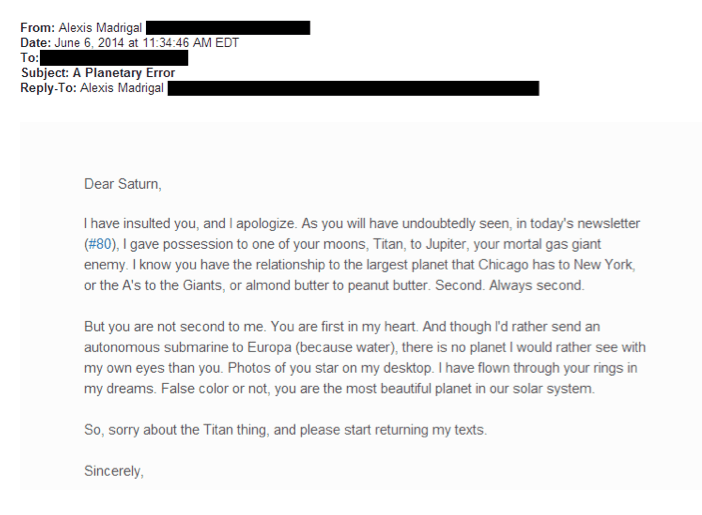If your open and click rates are dropping, you'll need to re-think your strategy
You had the best intentions; you worked diligently to get those conversions and build your email marketing list; you vowed to run a quality campaign and build relationships with your prospects, turning them into happy customers. Somehow it all went wrong. Your analytics are telling you that only a small percentage of your emails are opened, that you have been marked as spam by many of those subscribers you worked so hard to get.
Crossing the Line
Somewhere along the way, you crossed the line and became a harassment rather than a value. And you didn’t even recognize that you had done it. Is it fatal? No. But as you recover from this, you will need to understand how it happened so you never make the same mistake again.
How to Recognize You Have Become a Spammer
Be honest with yourself. There are probably two things that you are doing wrong:
1. Your Content is Not Valuable
The email campaign you have designed is focused only on sales and promotions. Now, this is probably just fine if you have announced to would-be subscribers up front that you would be sending special deal, coupons, and other promotions to them when they subscribed. By subscribing under these circumstances, they are acknowledging that those things are valuable to them.
But, if you are sending these types of emails to customers who made a purchase, let’s say for Christmas, and did not indicate that they wanted to receive further emails from you regarding promotions, etc., then good luck. They will “spam” you. Here’s the thing – these types of customers will probably come back next Christmas, or for someone’s birthday, if they are not harassed. If they feel harassed, you will probably lose them permanently.
Example: Last Christmas I ordered some University of Texas gear as a Christmas gift. In the checkout process, I was asked if I wanted to establish an account – no, I did not. I checked out as a guest, but of course supplied my email address for confirmation and shipping information. I also un-checked the box for receiving email promotions and sales. It didn’t matter. I began to get emails in January, at least 3 a month. Of course, I marked the sender as “Spam” soon after I had received my order.
Like most people who get these, I do not even bother to unsubscribe – it takes time – just easier to mark spam. It is unlikely that I will do business with this company again, because they did not keep their promise not to send me emails when I un-checked that box.
2. Your Analytics Shows More SPAM Complaints and Unsubscribes than Click-Throughs
This should be an obvious indicator - SPAM complaints should be particularly worrisome because the recipient has taken an extra step to report you. Unsubscribes take an extra step too. A good rule of thumb is this: if you are getting 5-10 complaints for a list of about 1,000 and if 2-3% unsubscribe from a specific email you have sent, chances are you are irritating your subscribers – at least enough of them to make you consider some changes.
The biggest red flag, however, is if you are getting more SPAM complaints and/or more unsubscribes than you are getting click-throughs. You are killing your relationship with your prospects and you need to do some serious soul-searching.
- Have you broken a promise that you gave when they subscribed?
- Have you been dishonest?
- Have you put people on your promotional email list who un-checked that box at checkout? Not a good thing.
Repairing Your Relationship
There are definite steps you can take to “turn over a new leaf” and salvage what is left of your reputation. Here are the actions you should take.
1. Start thinking of Your Email List as a Group of Individuals not as an Impersonal Collective.
These are people who subscribed in order to get value. What you send them is about them not you and what you want them to do. They have different needs and wants and you need to honor that.
- Take the time and get your current list segmented. And segment every email address you get. If you are a retailer, separate those who have left the box checked to get your promotions and those who have unchecked the box. Then you can make decisions about who will get what. A good rule of thumb is to contact those who un-checked the box only one time, not with a sales promotion but with some cool information and a catchy title. Remember, you are trying to build relationships.
- Offer more than one option for subscribing. Do subscribers want to receive all of the blog posts that you publish every day, or would they rather receive a list of them at the end of each week, so that they can click-through only to those they find of interest?
- Be certain to send out a re-engagement email every year or two. Ask subscribers if they want to continue to receive your emails or not. And purge your list of those who do not. Again, you want them to feel good about you. The chances of them coming back are greater if you honor their wishes.
2. Be Honest and Humble
If you have crossed the line with your email campaign, sending an apology and being humble about it is the appropriate thing to do. Say you are sorry, and explain how you will mend your ways. When you admit you mistakes, people feel good about you. Those subscribers who still have you in their regular email will like you even more. In this email, put a survey, asking them what type of content and emails they want to receive in the future. This makes it about them, not you. And they will probably be more eager about opening your next emails.
3. Think Being of Service
How can you be of service to your subscribers? Can you give them your expertise and something unique without ending with some kind of a pitch? If you do this consistently for a while, then when you do add a pitch, they won’t resent it.
And be sparse about those pitches, unless, of course, they are subscribers who actually want your offers and discounts.
4. Consider some Type of Public Apology/Announcement
Those people who have already spammed you, unsubscribed, or filed complaints, you have lost, and you can’t contact them. But you can go public with your new policies about your email campaigns and offer the options, ask what visitors to our site, blog and social media pages want, etc.
As a retailer, you also have a more public option of re-targeting. Some of those unsubscribes can perhaps be contacted indirectly through this route, and there are a number of new and innovative ways to do that now.
5. Promises to New Subscribers
Before you ask for email opt-ins, let your subscribers know what you will be sending, how frequently they will be getting your emails, and provide those options, so that you can segment out. And, when someone makes a purchase and indicates they do not want emails, honor that without exception. If you do send an email to that group, wait a while, and send a relationship-building one that has nothing to do with your product or service.
Making Email Appealing
Email marketing campaigns are still effective if you realize the importance of content as a part of that marketing campaign. You have to get the right content to the right segments of your email list, and you have to ensure that emails are opened and then seen as valuable.
There are many companies that are getting this right. Here are a few examples:
1. Importance of Subject Lines
A subject line with something like “Deal of the Day” is fine, if it is going to subscribers who have signed up for that. For others, however, you have to get a bit more creative.
One of the things that Amazon does very well is ask customers who have purchased something to answer questions another customer as about that item. We all want to be helpful, so when we see that plea in a subject line we tend to open the email. Here is an example of a smaller company doing the same thing:

2 .Take Advantage of the Moment
Whether it’s a special event or a weather condition, using a subject line that points to that is always effective. DSW Shoes took advantage of a snow storm to send out an email with a related subject line:

3. Admit Your Mistake With Humor
When you speak to “crossing the line” and need to apologize, being genuine is important, but using some mild humor can also lighten up the situation. Here is an example of admission of an error in content that incorporated great hilarity:

People appreciate humor and are usually willing to give you a second chance when you use it.
Keep One Concept in Mind – Value and Benefit
You need to segment and personalize based upon your subscribers’ needs and wants. Your emails should provide value to their readers, and that is not always a discount or special offer. People crave information, entertainment, and inspiration, and relationships are built when you give them that. When relationships are solid, emails get opened.

Thanks to
Kerry Creaswood for sharing their advice and opinions in this post. Kerry Creaswood is a young and ambitious writer from Savannah, GA. She is interested in self-development, design and marketing. To find more about Kerry – check her
Twitter






 Thanks to
Thanks to 


